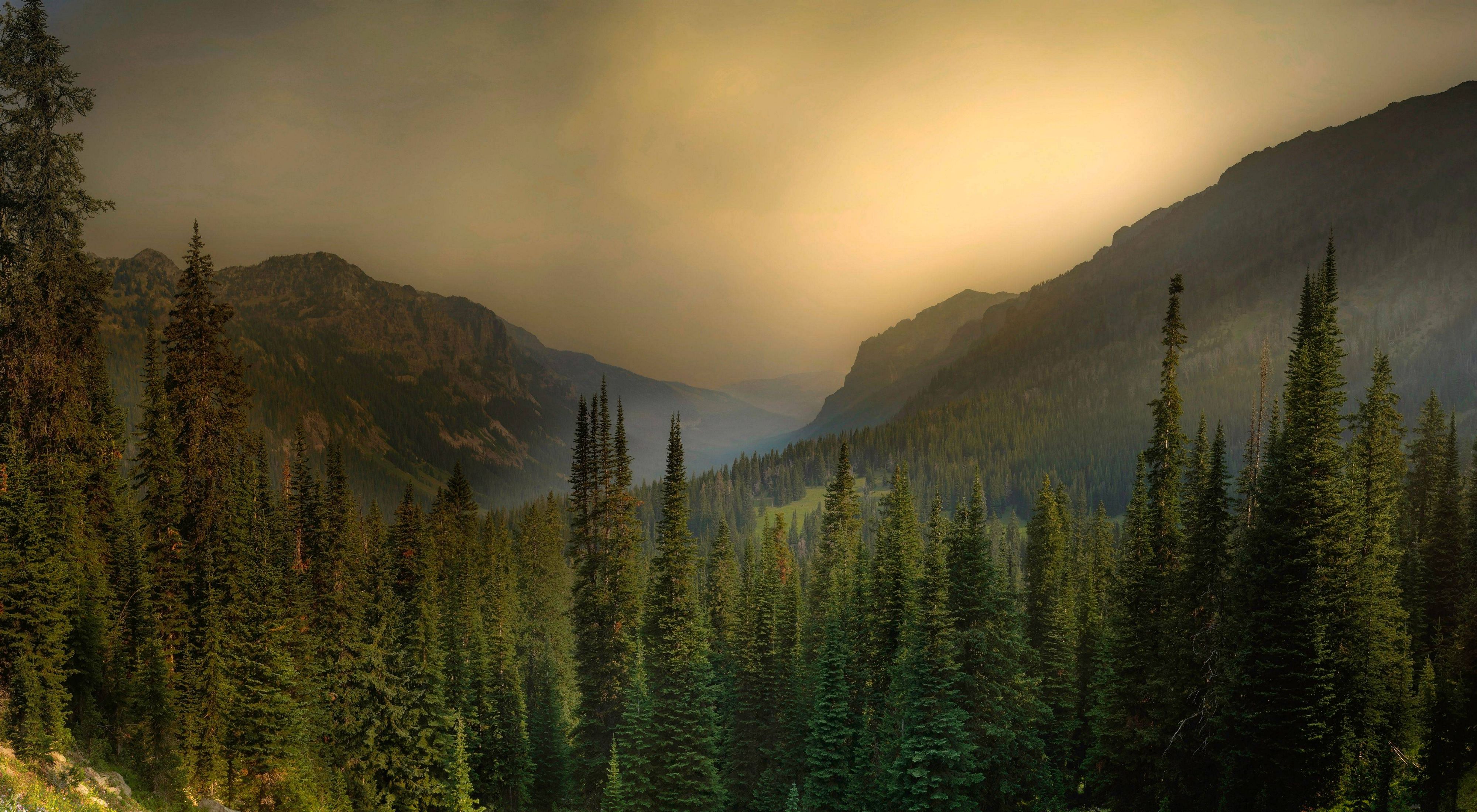Latest UN Climate Report: ‘At a critical crossroads for climate, every fraction of a degree matters now’
Final part of IPCC’s Sixth Assessment Report cycle shows we cannot let fatalism slow the tide of accelerating climate action
Media Contacts
-
US: Ciaran Clayton
Email: ciaran.clayton@tnc.org -
UK/Europe: Tom Jennings
Email: tom.jennings@tnc.org
Today, the United Nations Intergovernmental Panel on Climate Change (IPCC) released its latest climate report, distilling peer-reviewed findings from across 195 countries on climate megatrends, effects, and solutions. Building on the three previous reports from this cycle, the evidence is clear: while momentum is growing at policy, corporate and community levels – worst-case scenarios still exist unless the world urgently accelerates efforts to address the climate crisis.
Commenting on the contents of this report The Nature Conservancy’s CEO, Jennifer Morris, said:
“While the tone of this report won’t surprise anyone familiar with the three previous instalments, the drumbeat is consistent: progress is slowly being made, but it’s still a drop in the bucket compared with the scale of the emergency.
“To secure the future that coming generations deserve – with resilient food systems, abundant freshwater resources, healthy people, and rebounding biodiversity – global leaders need to go much farther and faster toward cutting emissions, while also increasing communities’ and businesses’ ability to adapt to the effects of climate change.
“Debate ahead of this report focused on whether the Paris Agreement’s target of holding global average temperature rises to well below +2°C above pre-industrial levels, while also pursuing efforts to limit this increase to +1.5°C, is still realistic. Unfortunately, the report projects that current climate policies make +2°C extremely likely this century – and could even see us smash through the +3°C barrier by the year 2100. We cannot stand by and let this scenario play out.
“This report underlines the fact that we’ve entered an era where our prospects can no longer be quantified in convenient, +0.5°C increments – but where every fraction of a degree of warming we can avoid will make for a less perilous and less expensive future. The good news: we know what we need to do, and the world is starting to invest in nature, transition to renewable sources of energy, innovate across industry sectors, and increasingly acknowledge the significance of Indigenous knowledge. But we need more action, and faster.
“Bridging the gap between Paris-level ambition and actual, on-the-ground implementation of climate solutions will require new policies and programs at greater scale, ensuring more public and private finance flows into climate action – the short-term costs of which will be dwarfed by the long-term benefits.
“It’s easy to lose hope when report after report outlines such dire consequences, but I can see that a brighter future can be realized. There are encouraging indicators: in the last ten years, the cost of renewables has plummeted while their efficiency has soared, and awareness and appreciation of nature’s potential contribution to climate mitigation has steadily grown.
“We can build on this momentum in five ways: 1) By elevating new voices that currently lack a seat at the decision-making table, and ensuring our climate solutions are equitable, just, and inclusive; 2) By rapidly decarbonizing the power and transportation sectors; 3) By accelerating the drawdown of greenhouse gases already in the atmosphere through the power of protected and restored forests and other natural climate solutions, including rehabilitated wetlands and regenerative agriculture at landscape-wide scale; 4) By urgently stepping-up efforts on adaptation, equipping our systems, communities and infrastructure with the durability required for a less predictable future; and 5) By harnessing the new UN Global Biodiversity Framework and High Seas Treaty to drive progress against the interconnected crisis of nature loss and, by continuing to develop and bring to market innovative finance mechanisms capable of attracting the investment needed to supercharge these efforts.
“Climate change is not a binary choice where humans still control the on/off switch. Decades of inaction and disinformation in the face of scientific evidence have left that switch stuck firmly in the ‘on’ position, and any further prevarication will not be without its consequences.
“Now is not the time for false optimism, nor can we allow fatalism to stall our progress on global climate action. It’s vital that we pursue adaptation and mitigation with equal vigor, particularly for lower-income groups and developing economies that are too often the most exposed to climate-driven impacts and yet contributed least to the problems they are facing.
“As we teeter on the brink of potentially irreversible change, this report underlines the vital importance of accelerating our climate efforts while there’s still time.”
To learn more about The Nature Conservancy’s work to combat climate change, click here.
To read about our pioneering work on Natural Climate Solutions, including the Nature4Climate coalition, visit this link.
The Nature Conservancy is a global conservation organization dedicated to conserving the lands and waters on which all life depends. Guided by science, we create innovative, on-the-ground solutions to our world’s toughest challenges so that nature and people can thrive together. We are tackling climate change, conserving lands, waters and oceans at an unprecedented scale, providing food and water sustainably and helping make cities more sustainable. The Nature Conservancy is working to make a lasting difference around the world in 81 countries and territories (40 by direct conservation impact and 41 through partners) through a collaborative approach that engages local communities, governments, the private sector, and other partners. To learn more, visit nature.org or follow @nature_press on X.
